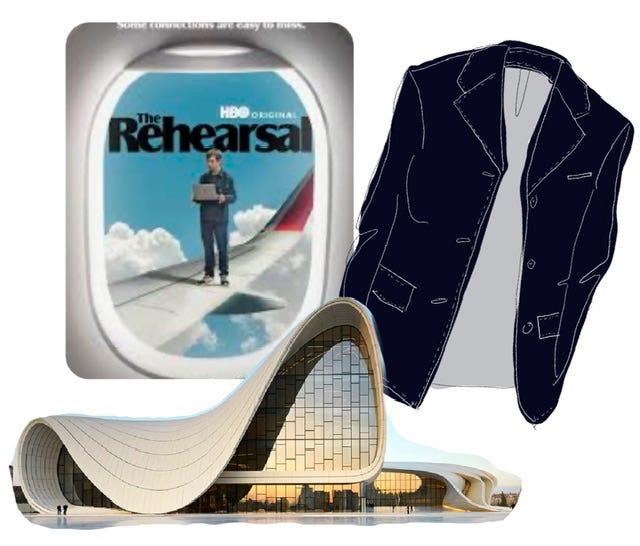You can drown in shallow waters.
Yes literally, but I mean it here as metaphor. I’ll explain.
I’ve been watching Season 2 of The Rehearsal, HBO’s comedy created by Nathan Fielder. And it got me thinking…..
If you view comedy as simply entertainment to make you laugh out loud, you will be disappointed. And not just with the show, you may often find yourself disappointed in life. Not because of a lack of smiles and laughter. But because humor i…
Keep reading with a 7-day free trial
Subscribe to The Creative Pragmatist to keep reading this post and get 7 days of free access to the full post archives.



